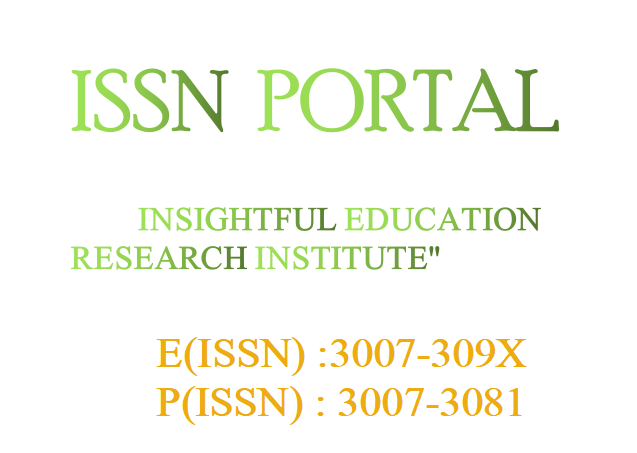Molecular Epidemiology and Public Health Implications of blaCTX-M Gene Among Extended-Spectrum Beta-Lactamase-Producing Klebsiella pneumoniae and Escherichia coli Isolates in Pakistan: A Review
DOI:
https://doi.org/10.62019/1kj84d82Keywords:
blaCTX-M-15, antimicrobial resistance, bacteriophage therapy, One HealthAbstract
In Pakistan, where the blaCTX-M gene, specifically blaCTX-M-15, drives resistance in these pathogens, Klebsiella pneumoniae and Escherichia coli that produce extended-spectrum beta-lactamase (ESBL) are major contributors to the global antimicrobial resistance (AMR) crisis. The molecular epidemiology of blaCTX-M genes in Pakistan is summarized in this review, with particular attention paid to the genes' prevalence, genetic diversity, modes of transmission, and implications for public health. Using a "One Health" viewpoint, it investigates how zoonotic reservoirs, hospital and community settings, and environmental factors contribute to the spread of resistance. To counter this threat, novel strategies like bacteriophage therapy, CRISPR-based gene editing, and AI-driven resistance prediction are suggested. Alongside tactics like antimicrobial stewardship, advanced diagnostics, and policy reforms, public health issues such as limited treatment options, infection control gaps, and socioeconomic drivers are examined. To illustrate the clinical significance of blaCTX-M genes, a new table that summarizes their prevalence in Pakistan across a range of infectious diseases is included. The urgent need for creative, integrated solutions to reduce blaCTX-M-driven AMR in Pakistan is highlighted by this review.







